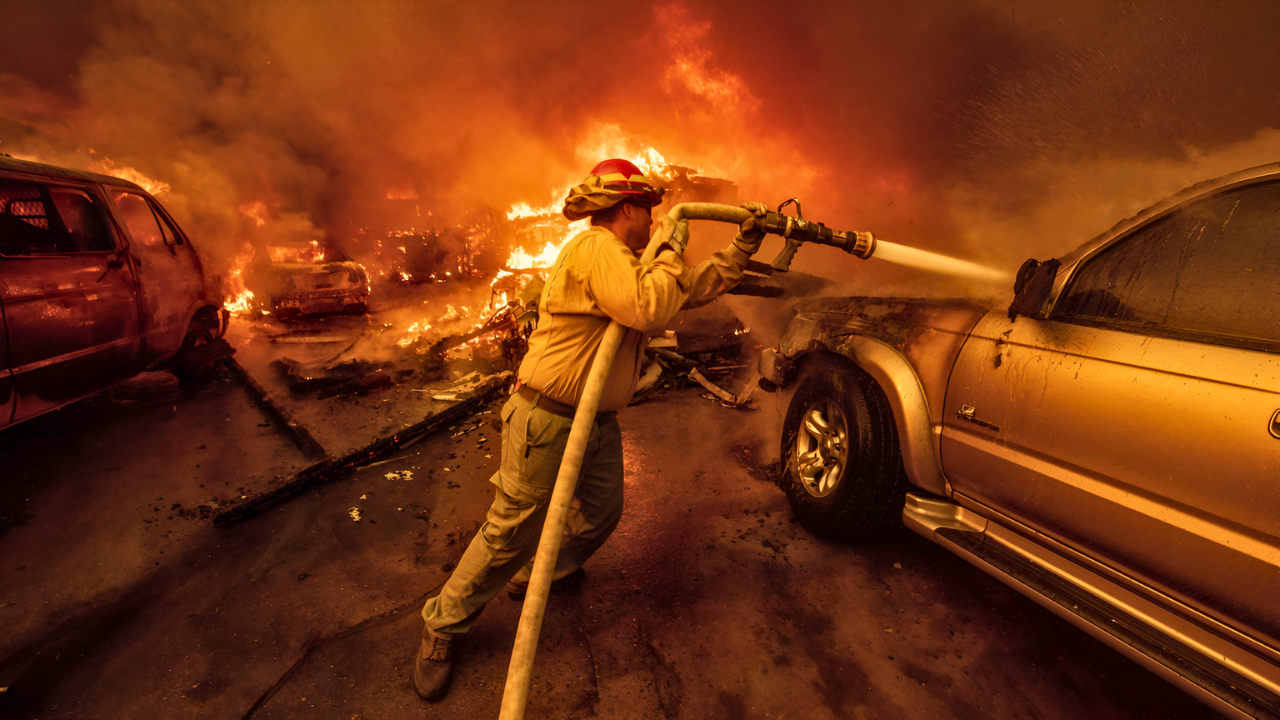
In early January 2025, Los Angeles faced one of its darkest moments when a massive wildfire, later called the Palisades Fire, erupted suddenly. The fire killed 12 people and destroyed over 6,000 buildings, including homes, schools, and small businesses. Within hours, entire neighborhoods were engulfed in flames that burned hotter and faster than anyone expected.
The Palisades Fire wasn’t just another natural disaster; it was a moment that left lasting scars on the city’s people, and the person who caused all of that pain is behind bars.
Where the Fire Began
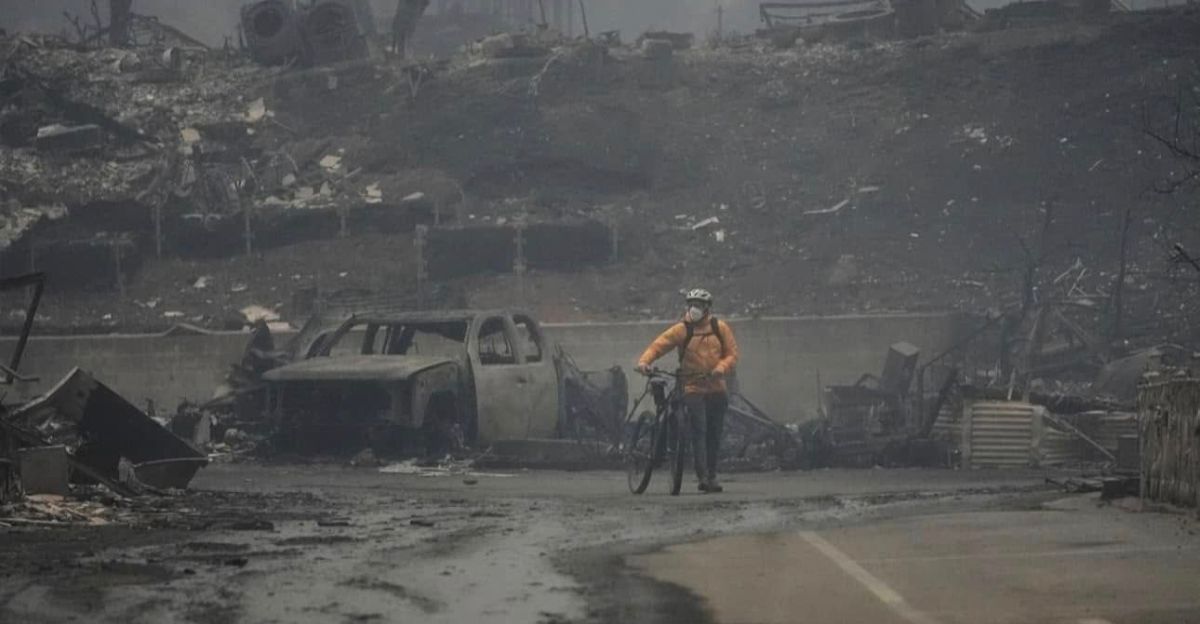
Investigators traced the devastating Palisades Fire back to a small, deliberately set blaze on New Year’s Day in the Pacific Palisades neighborhood. It appeared to have been put out that morning, but embers continued to smolder under the dry brush and soil for days.
When powerful winds returned, those hidden embers reawakened, sparking the inferno that would soon rage out of control. Authorities believe that if the area had been monitored more closely after the first fire, it might have prevented the tragedy that followed.
Winds That Fanned the Flames
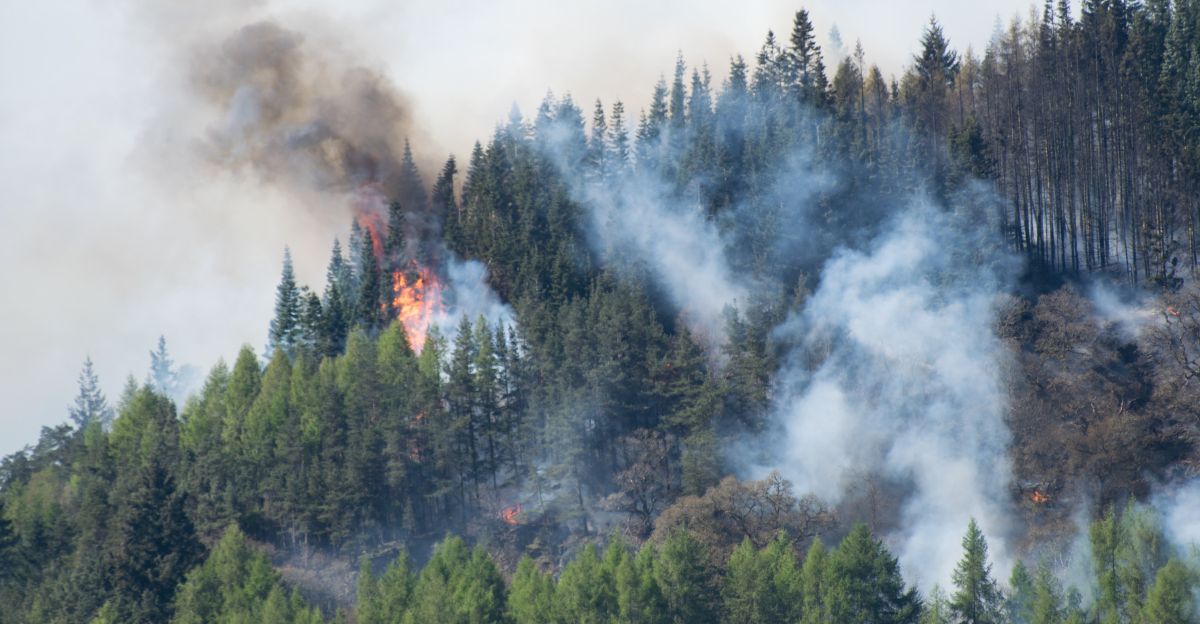
On January 7, 2025, powerful winds swept across Southern California, reaching speeds close to 80 miles per hour. These hurricane-force Santa Ana winds turned the quiet hillsides of Los Angeles into a funnel for flames.
Within minutes, the previously dormant fire reignited and spread uncontrollably. Residents of Pacific Palisades and nearby Malibu watched in shock as the night sky glowed orange and thick smoke filled the air. Control lines that had been established earlier in the week were quickly overwhelmed. What started as a single spark became a roaring firestorm that marked one of LA’s worst environmental disasters in decades.
Fire’s Deadly Path
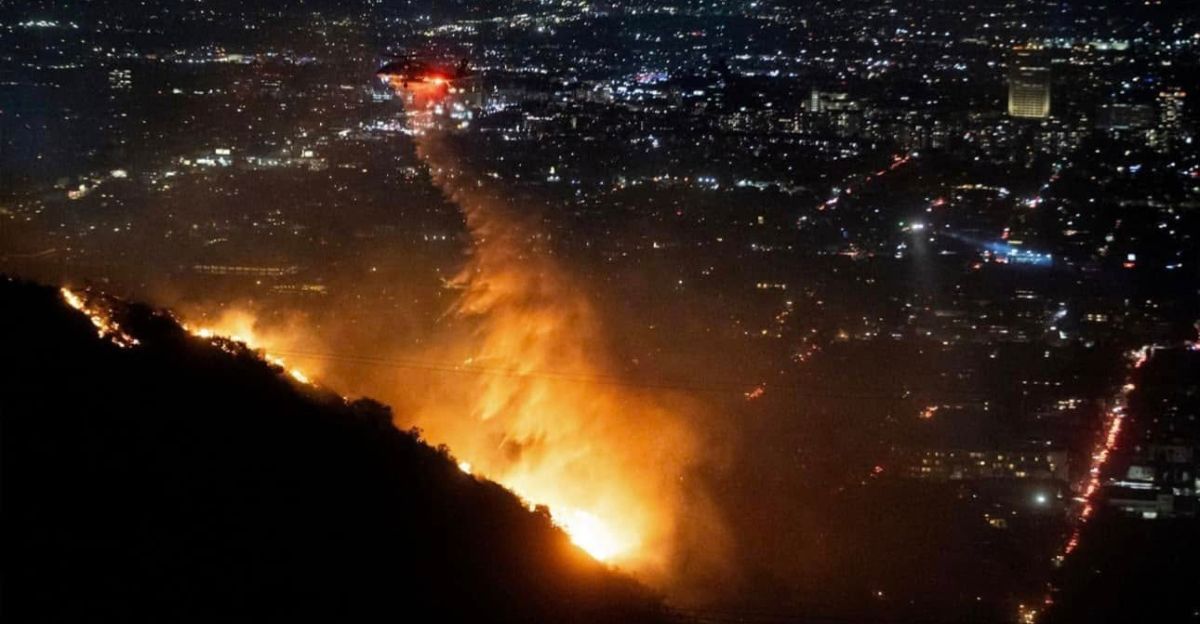
The Palisades Fire tore through hillside neighborhoods like a living creature, devouring whatever stood in its way. Elegant mansions and modest family homes burned side by side, leaving behind blackened ruins.
People fled with only the clothes on their backs, rushing through thick smoke and falling ash. The wildfire consumed more than 40,000 acres before firefighters managed to slow it, according to the Los Angeles County Fire Department.
Searching for Answers
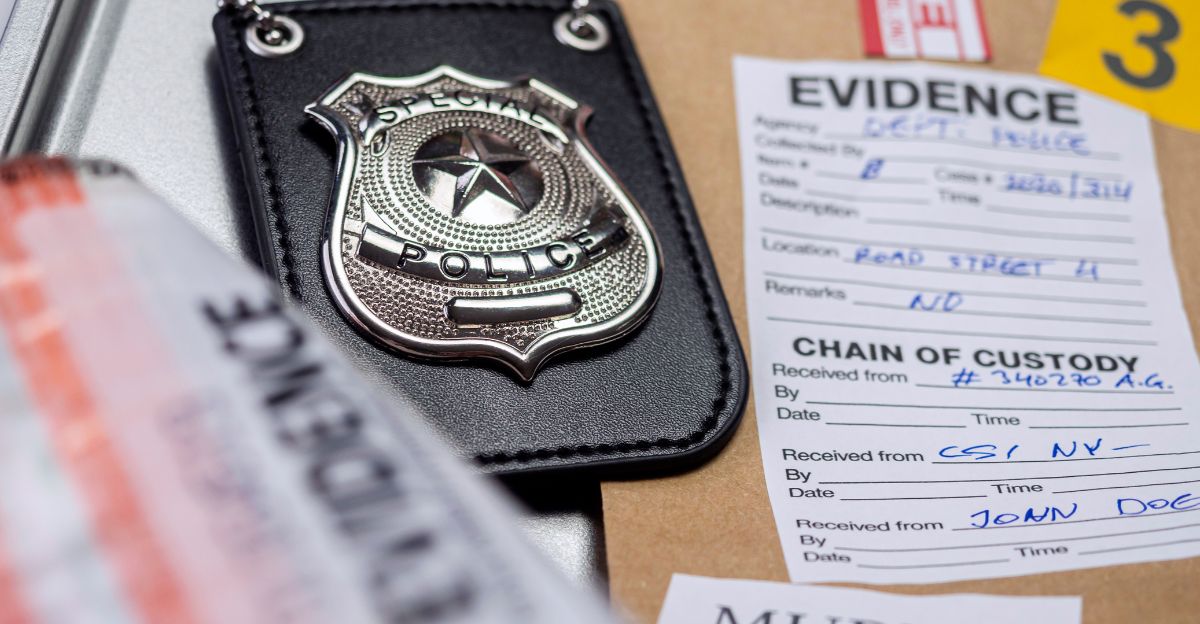
In the weeks that followed, teams of investigators began examining the Palisades Fire’s strange behavior. Its underground smoldering and explosive re-ignition raised immediate red flags. The nine-month investigation was described by one ATF official as one of the most complex wildfire cases we’ve ever faced.
Investigators used satellite data, burn pattern analysis, and soil testing to understand how the fire had reignited. They discovered something deeply unsettling, it hadn’t been an accident. The cause appeared to be deliberate.
The Human Cost
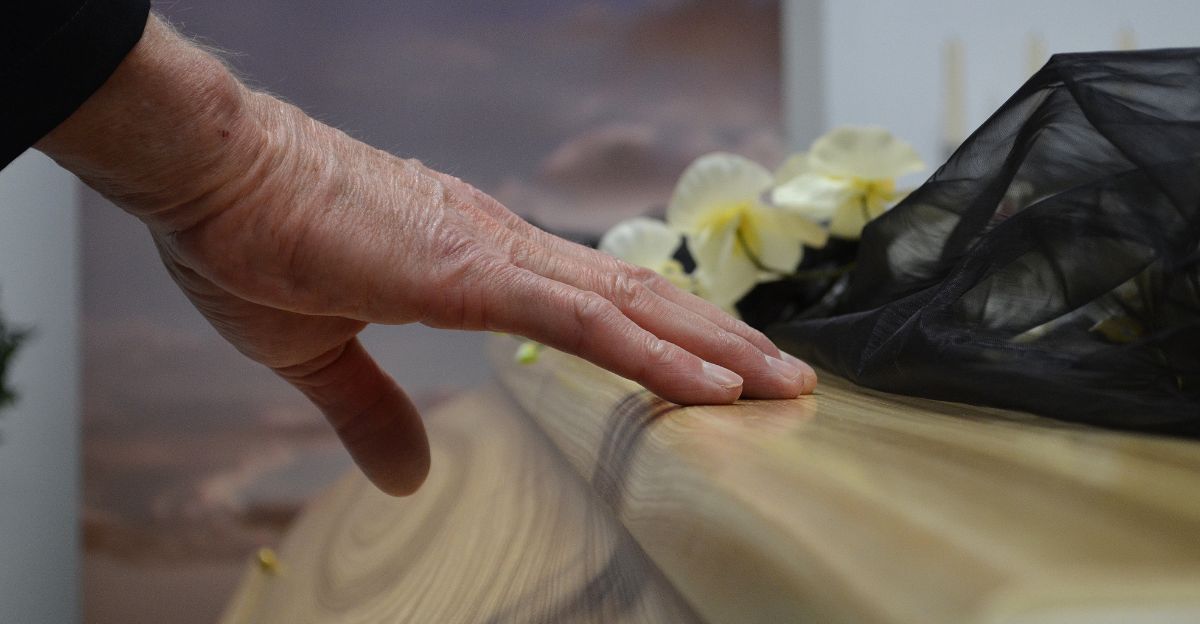
Twelve people lost their lives, and thousands more were injured or displaced. Among the victims were elderly residents who couldn’t evacuate in time, families separated in the chaos, and first responders who risked everything to save others.
More than 1,500 firefighters worked nonstop in shifts, many sustaining injuries from heat exhaustion and smoke inhalation. Emergency shelters overflowed as families sought refuge and news of missing loved ones spread.
Tracing the Suspect
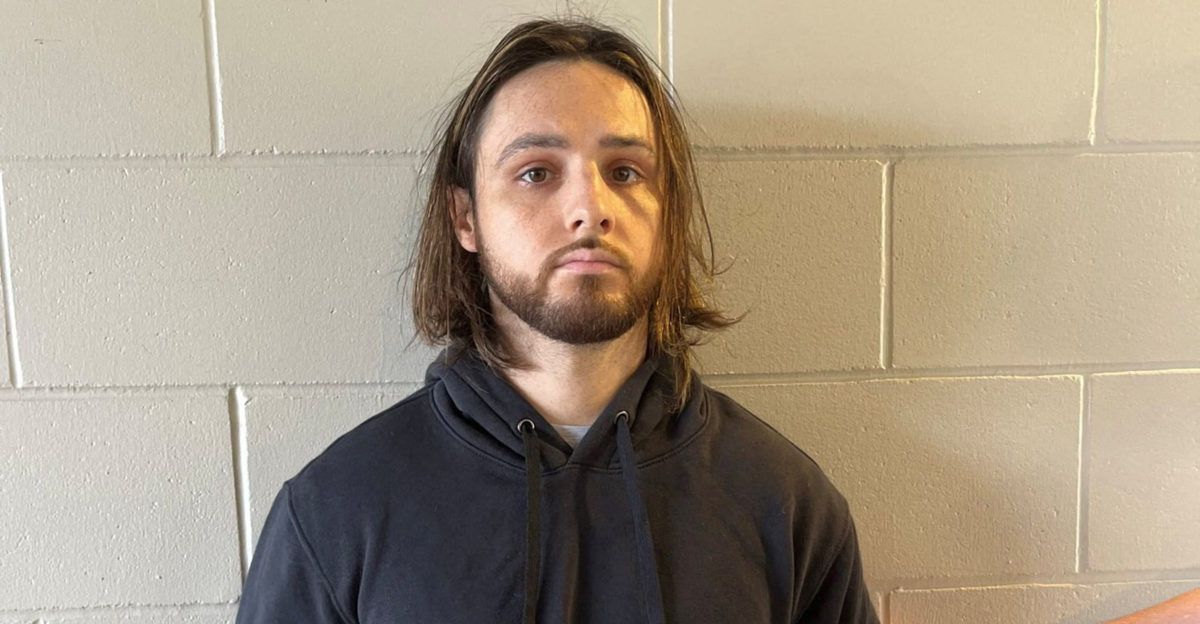
As investigators sifted through hundreds of clues, one name began to stand out, Jonathan Rinderknecht, a 29-year-old Uber driver living near where the first fire started. Using cellphone tower pings, surveillance footage, and witness interviews, detectives found that Rinderknecht was the only person present near the trail during the New Year’s Day blaze.
Security cameras captured his car parked nearby just minutes before the fire broke out. Neighbors also reported seeing a man matching his description wandering the area at odd hours. Gradually, all signs pointed toward Rinderknecht.
Inside the Mind of the Suspect

Investigators soon uncovered disturbing details about Rinderknecht’s background. He had a known obsession with fire and destruction, evident in his social media posts and photo archives. On his phone and laptop, authorities found dozens of edited and AI-generated images of burning cities. He had also saved music videos and online art that glorified arson and chaos.
Friends described him as quiet but increasingly withdrawn and erratic in the weeks before the fire. His digital history showed repeated searches for topics like “how long embers can burn underground.”
The Night It Happened
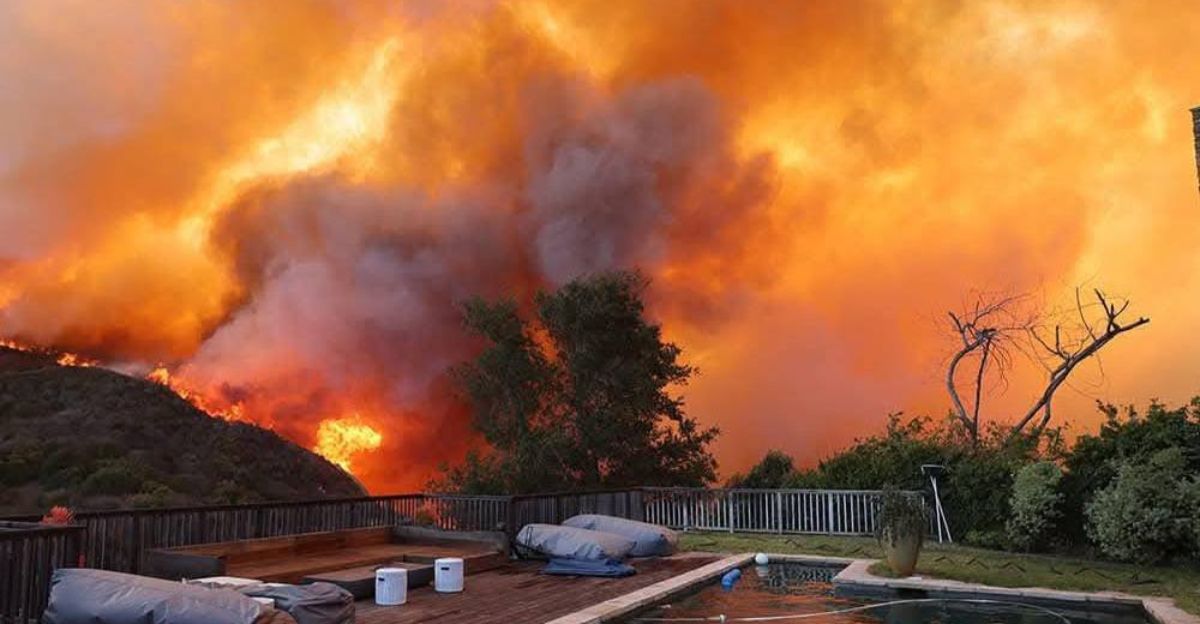
On the night of January 1, 2025, Rinderknecht had just finished a long shift driving for Uber. According to official reports, he dropped off his final passengers near the Pacific Palisades trailhead, just minutes before the first fire started. Those passengers later described him as angry and distracted, saying he mumbled about people not understanding him.
Surveillance footage showed him walking uphill toward the dry brush area around 9:30 p.m. The next time that same spot appeared on camera, it was glowing with flames. Investigators believe that after igniting the fire, Rinderknecht left quickly to avoid detection. Within hours, emergency crews rushed to what they thought was a typical brush fire.
How the Fire Was Set
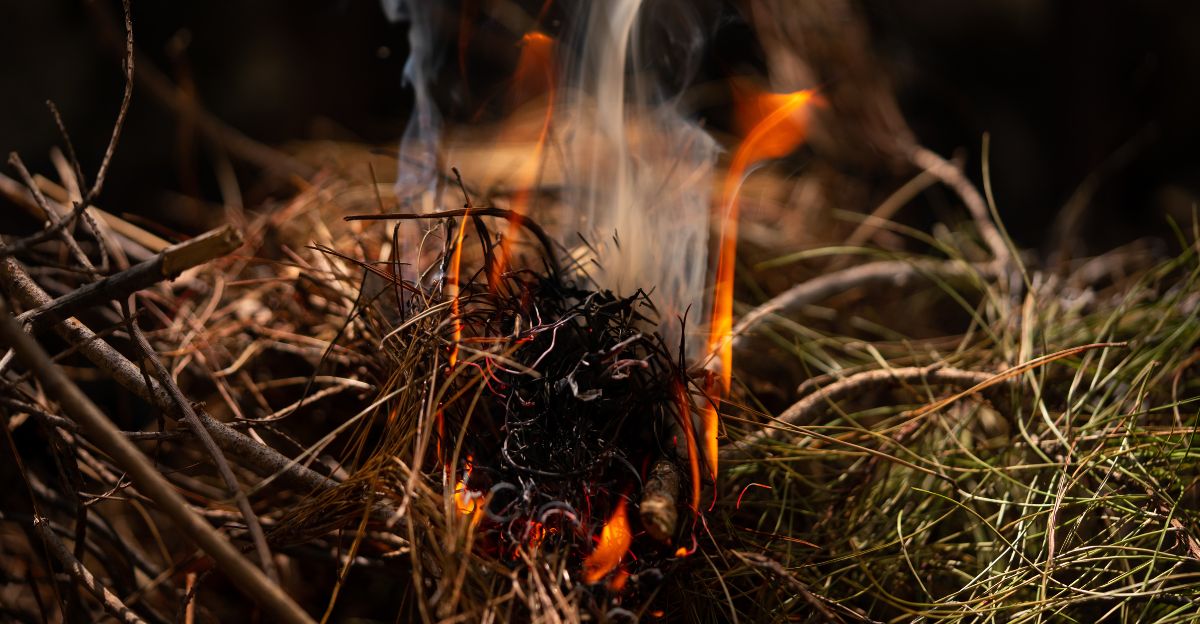
Authorities now believe that Rinderknecht used a basic barbecue-style lighter to set the initial blaze. He targeted dry leaves and paper trash left near an overlook trail, igniting them despite strict fire warnings issued that day. Fire forensics ruled out natural causes like lightning or electrical sparks.
Investigators also found lighters in Rinderknecht’s car, one of which matched melted fragments collected at the scene. His online searches from that week showed multiple queries about wind speed, humidity levels, and the best times to start a fire unnoticed.
Trying to Hide His Tracks

After setting the blaze, Rinderknecht made a surprising move, he called 911 to report the very fire he had allegedly started. Witnesses even saw him return later to offer help to firefighters. But investigators noticed inconsistencies in his story. GPS data showed that at the time of his 911 call, he was miles away from the location he claimed.
The ATF determined that his attempts to appear innocent only further implicated him. By pretending to be a helpful bystander, he hoped to divert suspicion while feeding his need for attention.
The Digital Clues

Forensic teams discovered that Rinderknecht had been using online chatbots and AI tools to ask detailed questions about how fires spread, how long embers can smolder, and what materials catch flame fastest. Analysts recovered search histories and prompt logs showing alarming levels of planning and curiosity.
His typed prompts and saved files became a crucial digital trail proving intent and preparation. These findings also opened new discussions nationwide on how emerging technologies can be misused for dangerous purposes.
The Long Hunt Ends
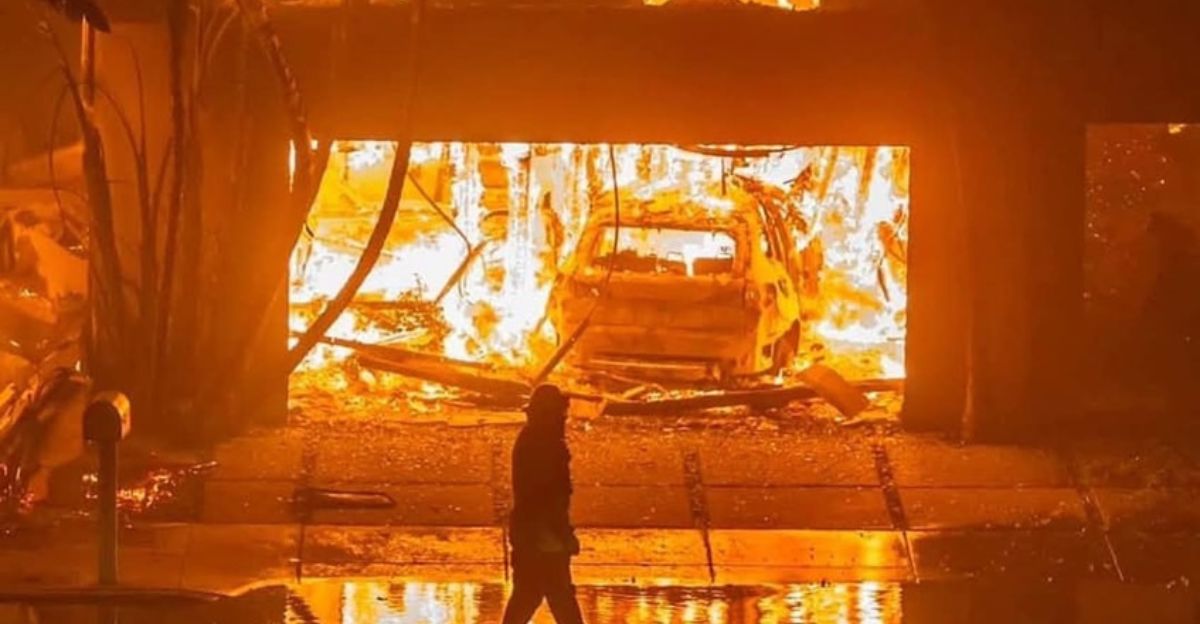
After months of watching, tracking, and analyzing data, federal agents finally caught up with Rinderknecht. He had fled across state lines and was living under an alias in Florida. On August 22, 2025, the FBI arrested him without incident.
He now faces serious charges, including malicious destruction by fire, a federal crime carrying at least five years in prison but potentially much more given the scale of the damage. The arrest brought a measure of relief to the thousands affected by the fire.
Lessons from the Investigation
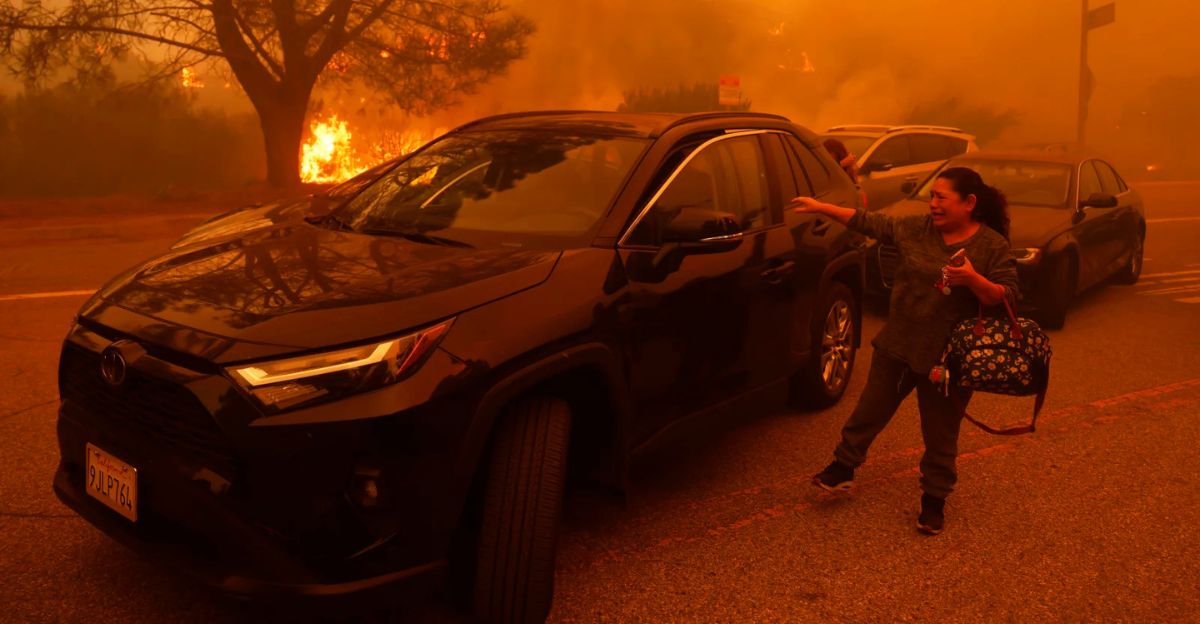
The Palisades Fire investigation has sparked deep reflection across Los Angeles and beyond. While the suspect’s arrest answered one pressing question, who caused the fire, it also opened others.
The city has begun implementing new early-warning systems, increasing patrols in high-risk areas, and investing in wildfire-resistant infrastructure. The tragedy has transformed how Southern California thinks about fire preparedness, showing that vigilance can mean the difference between safety and catastrophe.
Rebuilding and Remembering
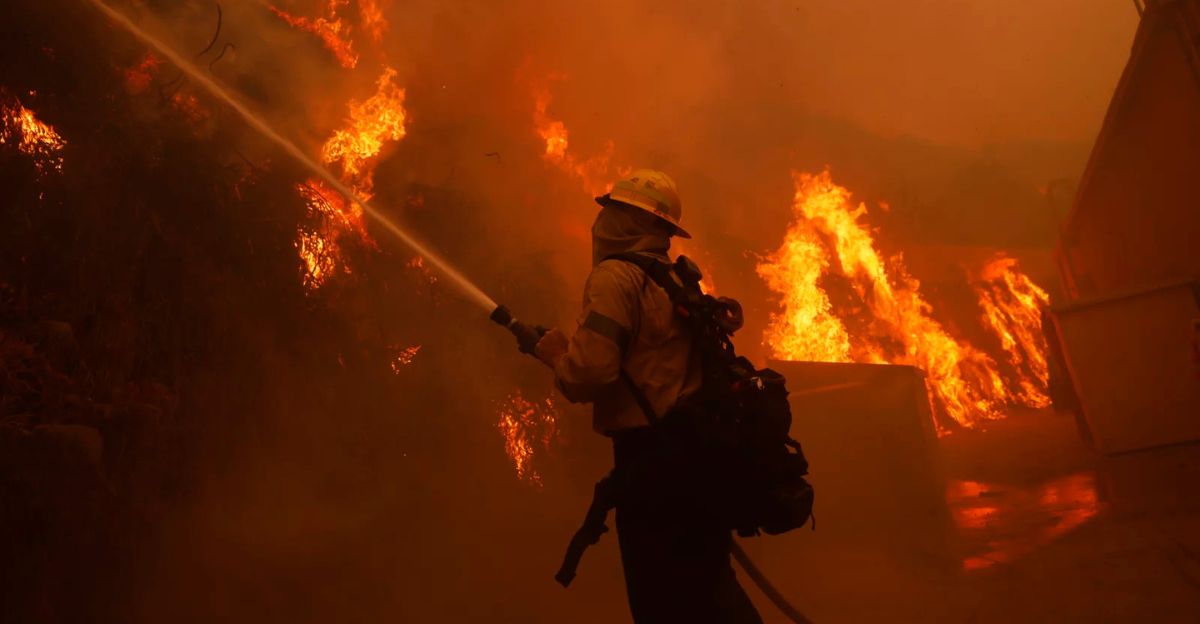
Although the arrest of Jonathan Rinderknecht brought some closure, the road to recovery is long. Rebuilding thousands of homes and restoring devastated landscapes could take years. Families who lost loved ones continue to struggle with grief and uncertainty. Yet amidst the ashes, there are stories of incredible resilience, neighbors rebuilding together, volunteers aiding victims, and communities coming together in shared strength.
The Palisades Fire remains a sobering reminder of how one act of destruction can affect countless lives. It also reinforces the importance of vigilance, compassion, and justice.